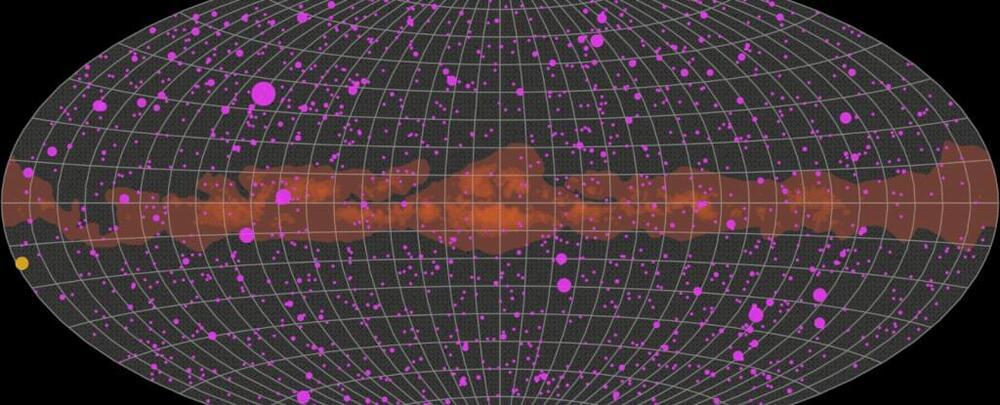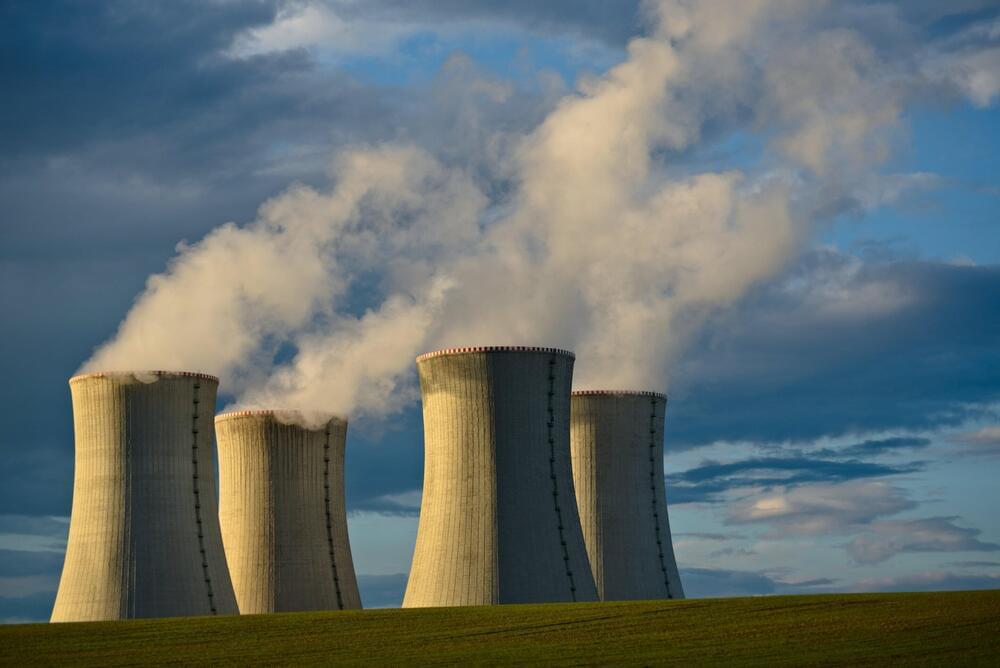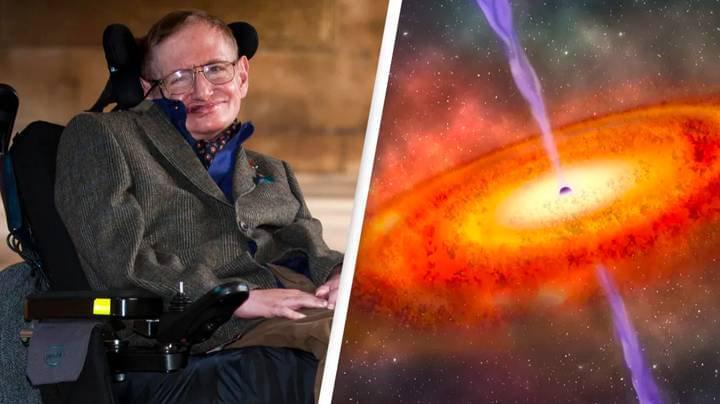Data has emerged as one of the world’s greatest resources, underpinning everything from video-recommendation engines and digital banking, to the burgeoning AI revolution. But in a world where data has become increasingly distributed across locations, from databases to data warehouses to data lakes and beyond, combining it all into a compatible format for use in real-time scenarios can be a mammoth undertaking.
For context, applications that don’t require instant, real-time data access can simply combine and process data in batches at fixed intervals. This so-called “batch data processing” can be useful for things like processing monthly sales data. But often, a company will need real-time access to data as it’s created, and this might be pivotal for customer support software that relies on current information about each and every sale, for example.
Elsewhere, ride-hail apps also need to process all manner of data points in order to connect a rider with a driver — this isn’t something that can wait a few days. These kinds of scenarios require what is known as “stream data processing,” where data is collected and combined for real-time access, which is far more complex to configure.







